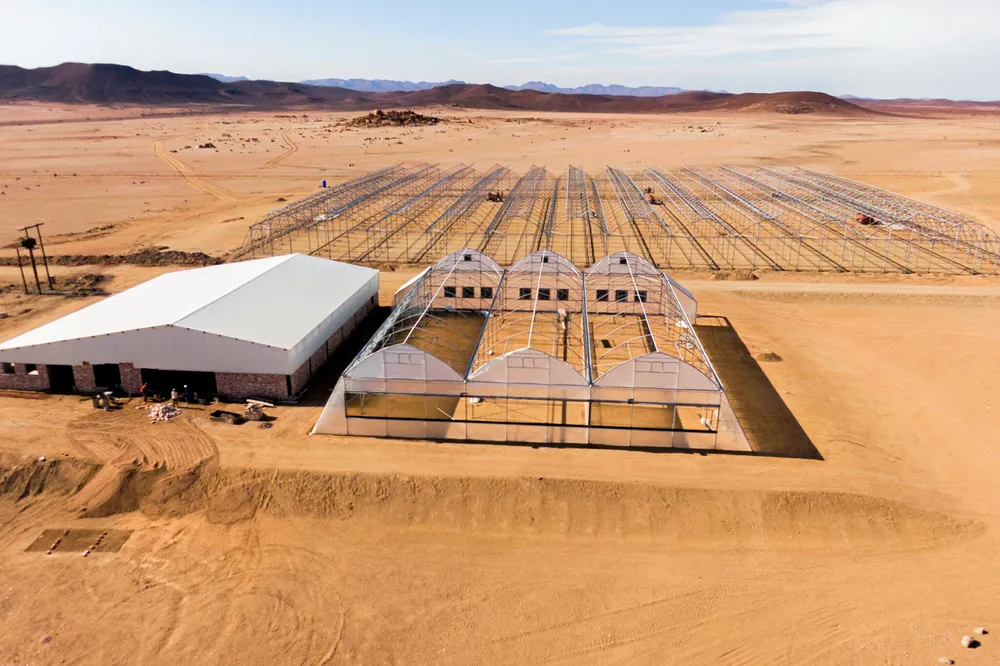Export-focused Namibia set to produce its first green hydrogen in July — for local use
German-backed project is near completion, with massive scale-up and exports planned for future phases

German-backed project is near completion, with massive scale-up and exports planned for future phases
